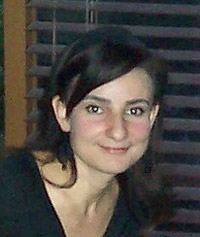Re: The Excavations of Tigranakert
Thanks for watching, and - in spite of your modesty - I thank you again for taking the time and effort to post the many fascinating stories on this thread.
Regarding Tigranakert, this is just the beginning, albeit a sensational one. According to Dr. Petrosian, it will take decades, at best, to fully excavate the site. Its not just the ruins of a city that is being recovered, but 1500 years of history. As such, it's perhaps one of the most significant discoveries in the annals of Armenian archeology so far. Naturally, the Armenian public has slept through the whole thing, dooming the project to a slow political death. This is understandable enough; what makes this discovery such an incredible story is its uncanny, even dangerous timing. For pragmatists on both sides of the fence its the proverbial elephant in the room, an inconvenient truth encapsulating the tragic ironies of Armenian and Azeri history.
Originally posted by Siamanto
View Post
Regarding Tigranakert, this is just the beginning, albeit a sensational one. According to Dr. Petrosian, it will take decades, at best, to fully excavate the site. Its not just the ruins of a city that is being recovered, but 1500 years of history. As such, it's perhaps one of the most significant discoveries in the annals of Armenian archeology so far. Naturally, the Armenian public has slept through the whole thing, dooming the project to a slow political death. This is understandable enough; what makes this discovery such an incredible story is its uncanny, even dangerous timing. For pragmatists on both sides of the fence its the proverbial elephant in the room, an inconvenient truth encapsulating the tragic ironies of Armenian and Azeri history.













Comment